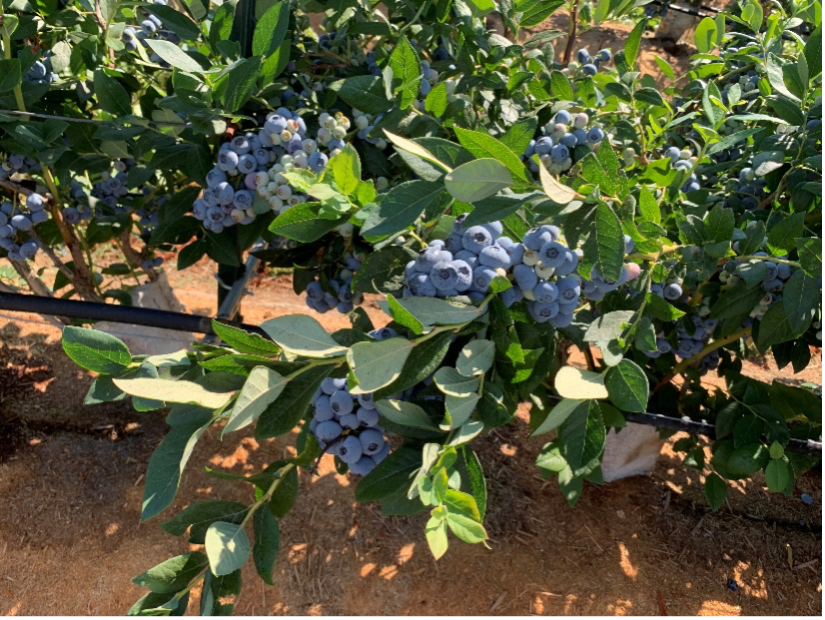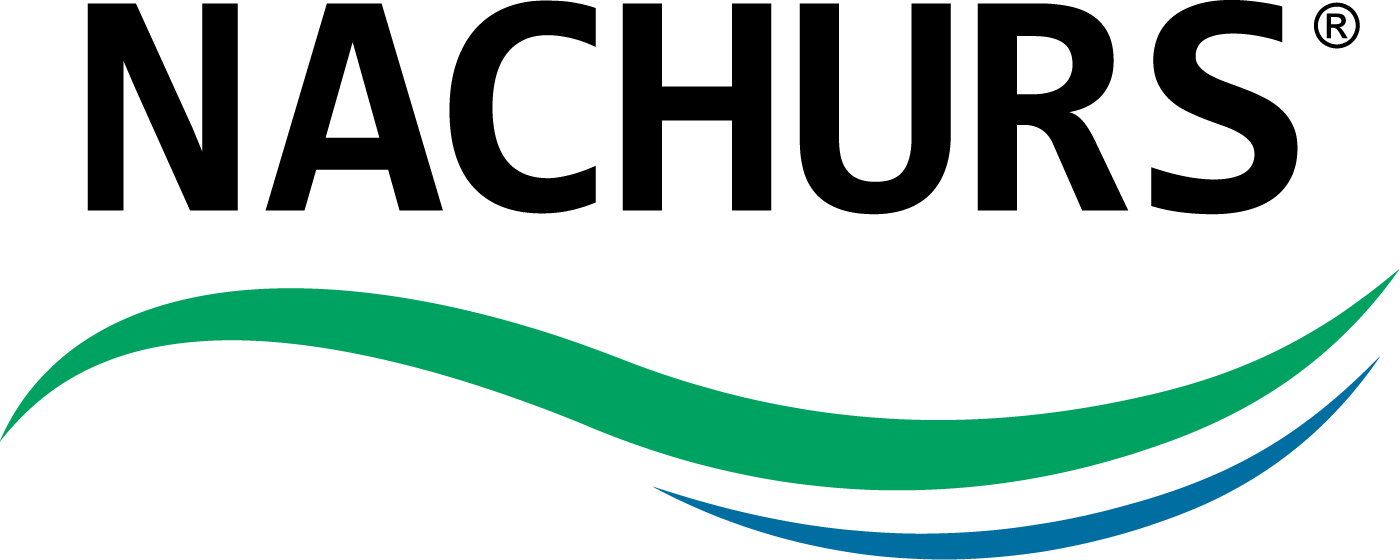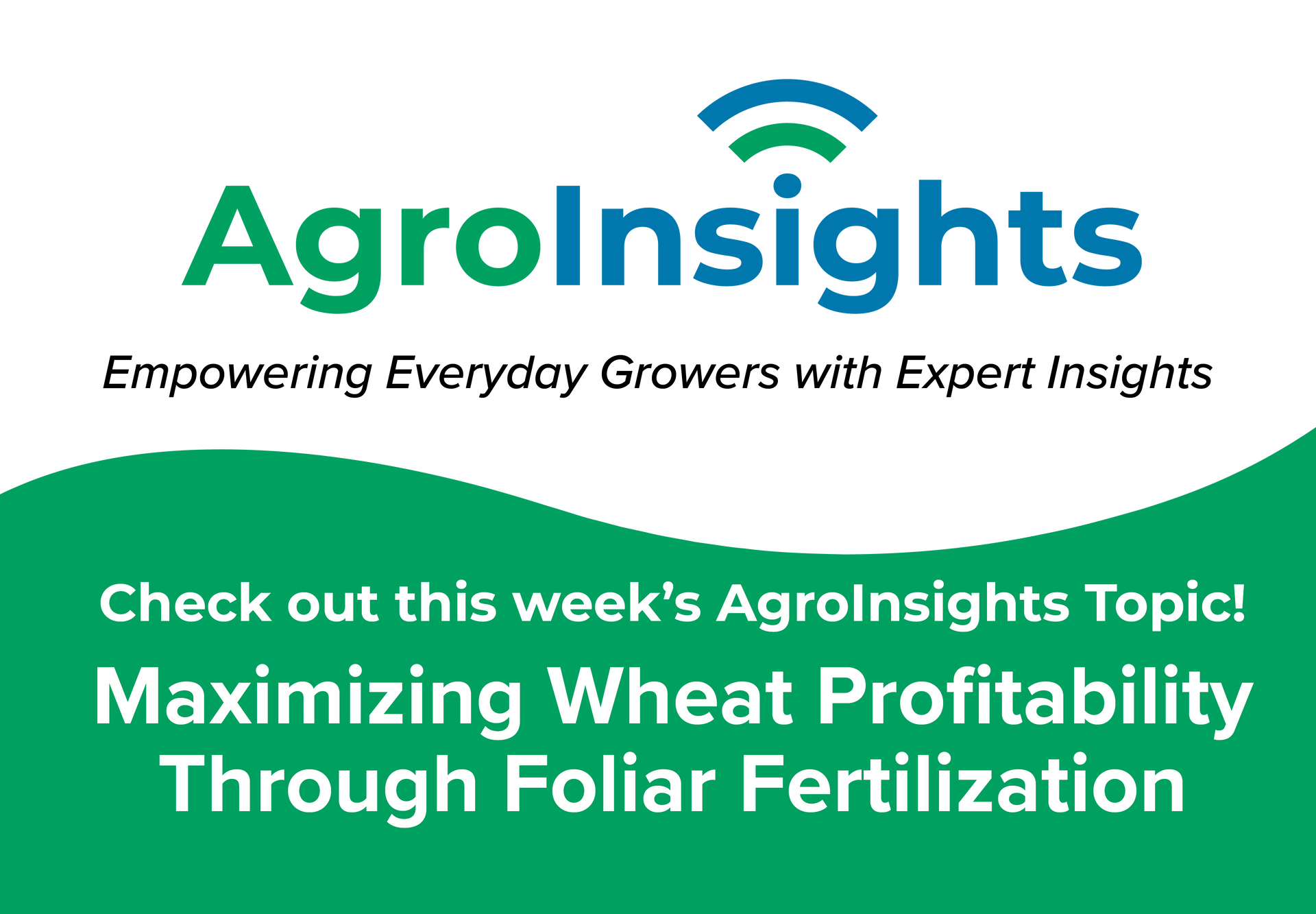AgroInsights- Regenerative Ag
Saving Orcas, Salmon, and Family Farms; Making the Connections and Providing NACHURS Bio-K® Solutions

Steve Groen, District Sales Manager for Oregon & Washington
There is no greater thrill than watching an Orca pod breaching in Puget Sound, catching your first Chinook salmon, or simply enjoying the pristine evergreen forests, the glacial-fed streams, and the snowcapped volcanoes on a weekend venture in western WA. It is not surprising that these icons of the PNW are under unprecedented environmental pressure. With global climate change, water quantity and quality, and urban sprawl, it is no secret that ag producers are under unprecedented challenges. These are shared concerns of conservation groups, farmers, consumers, the tribes, just to mention a few user groups.
The good news is that ag producers are leading the way to preserve our way of life. If the PNW community wants to protect our culture, economy, and environment, practicing regenerative agriculture is the key. It is vital for decarbonization, saving our wildlife, protecting our streams, and providing locally produced food. Some benefits of increasing soil carbon are increased water holding capacity (less need for irrigation) and more extraordinary ability to store plant nutrients which translates to cleaner drinking water, less eutrophication, and healthier ecosystems for foraging migratory birds.
NACHURS® has always been at the forefront of environmental stewardship. NACHURS® was the first company in the United States to embrace the 4Rs (a fertilizer institute mandate to promote ecological stewardship using the correct rate, source, placement, and time). In 2010, NACHURS® launched its Bio-K® product line. This technology is based on research experiments and trials done by leading researchers and academia from the 1970s.
Improving soil health and building soil organic matter (SOM) begins in the root zone, where microbial activity is most significant. It’s in this area where “active SOM,” an important food source for soil microbes, is exuded by plant roots. In fact, because of the direct influence on increasing microbial activity and building microbial biomass, recent evidence promotes the thought that the active portion of the SOM may be the most crucial element for increasing soil carbon. The most persistent forms of soil carbon are formed primarily from dead microbial bodies rather than from humus or leftover plant parts. Integrating practices achieving these effects are all pieces of the puzzle to protect our salmon, sensitive ecosystems, and decarbonization.
Many farmers are embracing this Bio-K® technology to increase quality and yield; more importantly, they utilize it for preserving our soil, water, and finite global fertilizer resources. The impact of increasing soil carbon by providing plants with proper nutrition will help us achieve our decarbonization goals, save family farms, and decrease our dependence on foreign fertilizer sources. When Bio-K® fertilizers are correctly used (based on multiple 3rd party trials across North America on various crops), a farmer can expect more yield with less fertilizer, improved yield and quality, more carbon sequestered in the soil through root exudates, and increased root biomass. These practices should be used under the direction of a qualified crop advisor following proper rates and timings and, most importantly, part of a comprehensive fertility plan. Resource stewardship is crucial to our survival as a species. This fact is recognized by many of North America's leading food processors and marketers, as it is with much of humanity. Today’s consumers are demanding sustainable practices demonstrated through their pocketbooks.
Pictures Below-
Untreated

Bio-K Foliar Treated
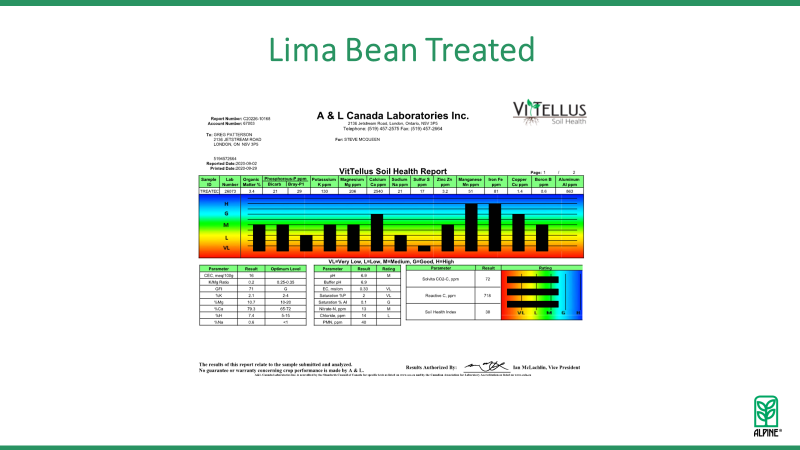

As explained in this article, scientists have shown that plants can survive without sunlight on acetate, the main component of Bio-K®, alone!
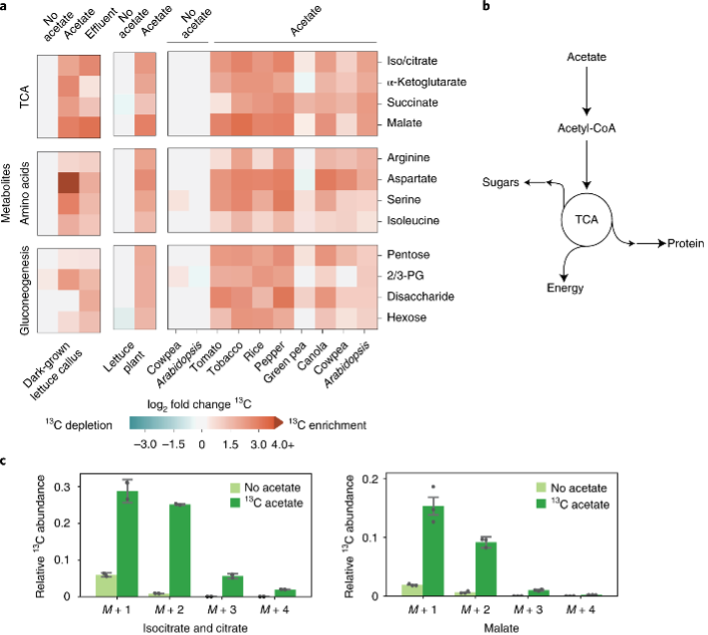
Here is a northern Highbush fertility Start2Finish® plan, including Bio-K®.
